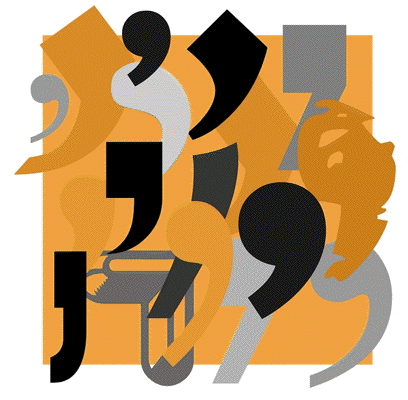Commas and Quotations
First, let's watch this video and see what you notice:
Did you notice the commas and quotations marks?
Still unsure about commas and quotations? Click one of the links below to review.
This quiz is tough but don't give up! You can do it:
http://grammar.ccc.commnet.edu/grammar/quizzes/quotes_quiz.htm
http://grammar.ccc.commnet.edu/grammar/quizzes/quotes_quiz.htm
For those of you that might want to know a little more about quotes and commas.
For those of you that want EVEN MORE, click here and review the material and then take the quiz on the bottom of the page. Warning: The quiz is REALLY tough:
http://www.kentlaw.edu/academics/lrw/grinker/LwtaQuotation_Marks.htm
http://www.kentlaw.edu/academics/lrw/grinker/LwtaQuotation_Marks.htm
CCSS.ELA-Literacy.L.4.2 Demonstrate command of the conventions of standard English capitalization, punctuation, and spelling when writing.
CCSS.ELA-Literacy.L.4.2b Use commas and quotation marks to mark direct speech and quotations from a text
CCSS.ELA-Literacy.L.4.2c Use a comma before a coordinating conjunction in a compound sentence.
CCSS.ELA-Literacy.L.4.2b Use commas and quotation marks to mark direct speech and quotations from a text
CCSS.ELA-Literacy.L.4.2c Use a comma before a coordinating conjunction in a compound sentence.



